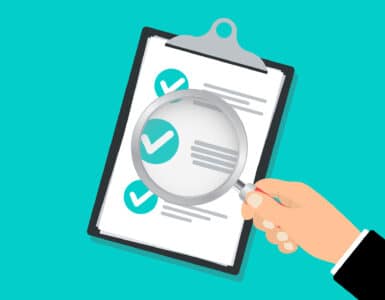Financial goals are a must. Think of them as a pathway to obtaining the things/experiences you truly value. If you don’t map out your goals, it can be pretty tough to ever arrive at the destination. Here are some ways to set — and achieve — short and long-term money goals.
Short Term Goals
- Set a Budget. Make sure you have a solid budget in place. It’s hard to obtain any financial stability if you don’t know how much money is coming and how much is going. If you have a budget already, make it a habit to review it every six months.
- Pay Down Debt. Create a plan to pay down your debts. While we recommend the avalanche method (paying down the higher-interest debt first), use whatever works best for you.
- Create an Emergency Fund. Set up a savings account for emergency expenses. You want to save at least six months’ worth of fixed expenses.
Long Term Goals
- Consider Your Values. When setting your long-term goals, consider what truly matters to you the most. Once you have that in mind, you can funnel your savings toward those goals.
- Increase Retirement Savings. Make sure you are stocking away as much as possible for retirement. If there are ways to increase your contributions, do it.
- Downsize if Needed. Once you get near retirement, consider downsizing your home. Homeownership can be expensive, and if you don’t need a big house anymore, moving could help free up money for retirement savings.
Do One Thing: Revise your budget so that your short-term goals pave the way for your long-term goals.






